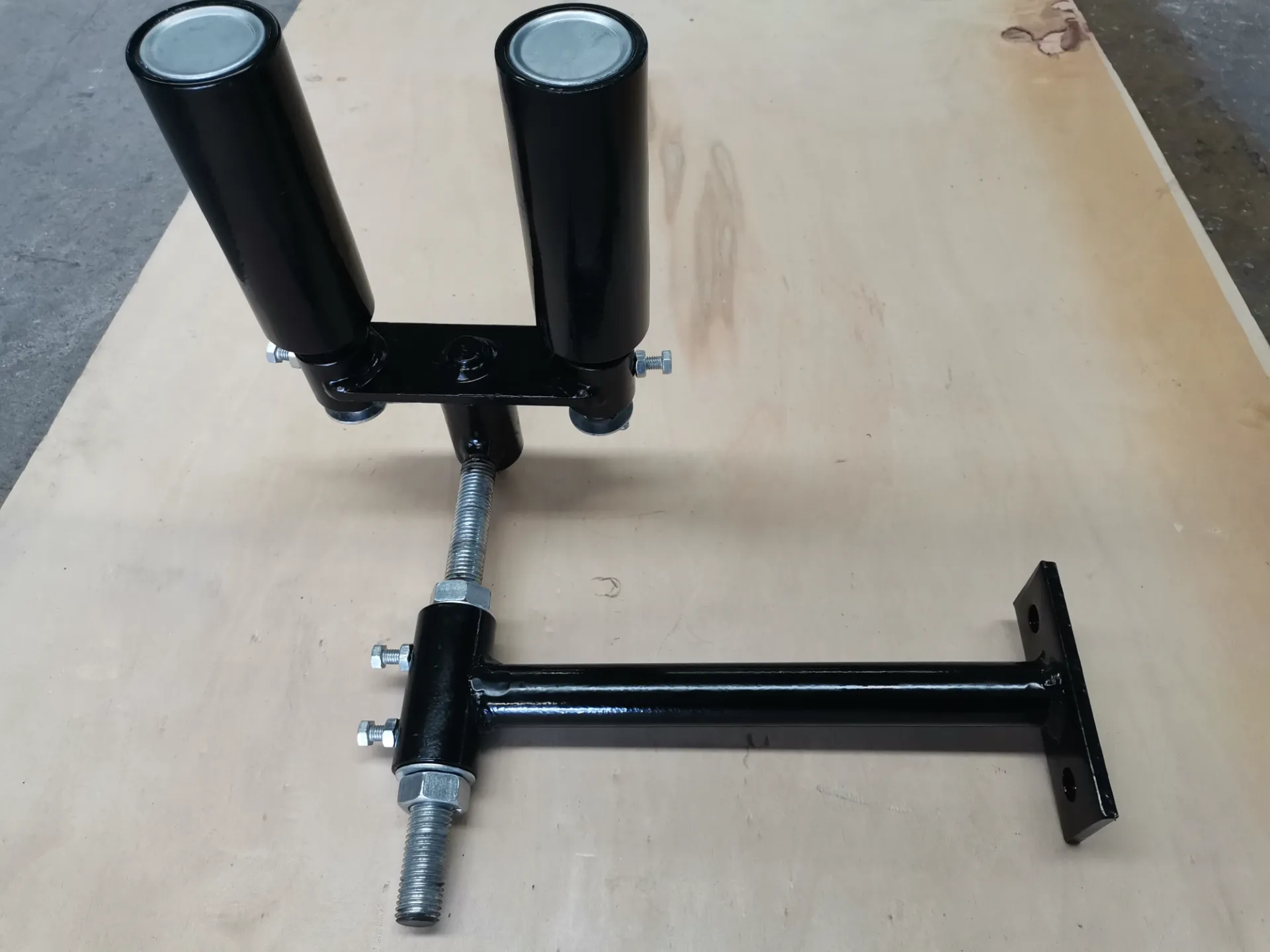 Afrikaans
Afrikaans  Albanian
Albanian  Amharic
Amharic  Arabic
Arabic  Armenian
Armenian  Azerbaijani
Azerbaijani  Basque
Basque  Belarusian
Belarusian  Bengali
Bengali  Bosnian
Bosnian  Bulgarian
Bulgarian  Catalan
Catalan  Cebuano
Cebuano  Corsican
Corsican  Croatian
Croatian  Czech
Czech  Danish
Danish  Dutch
Dutch  English
English  Esperanto
Esperanto  Estonian
Estonian  Finnish
Finnish  French
French  Frisian
Frisian  Galician
Galician  Georgian
Georgian  German
German  Greek
Greek  Gujarati
Gujarati  Haitian Creole
Haitian Creole  hausa
hausa  hawaiian
hawaiian  Hebrew
Hebrew  Hindi
Hindi  Miao
Miao  Hungarian
Hungarian  Icelandic
Icelandic  igbo
igbo  Indonesian
Indonesian  irish
irish  Italian
Italian  Japanese
Japanese  Javanese
Javanese  Kannada
Kannada  kazakh
kazakh  Khmer
Khmer  Rwandese
Rwandese  Korean
Korean  Kurdish
Kurdish  Kyrgyz
Kyrgyz  Lao
Lao  Latin
Latin  Latvian
Latvian  Lithuanian
Lithuanian  Luxembourgish
Luxembourgish  Macedonian
Macedonian  Malgashi
Malgashi  Malay
Malay  Malayalam
Malayalam  Maltese
Maltese  Maori
Maori  Marathi
Marathi  Mongolian
Mongolian  Myanmar
Myanmar  Nepali
Nepali  Norwegian
Norwegian  Norwegian
Norwegian  Occitan
Occitan  Pashto
Pashto  Persian
Persian  Polish
Polish  Portuguese
Portuguese  Punjabi
Punjabi  Romanian
Romanian  Russian
Russian  Samoan
Samoan  Scottish Gaelic
Scottish Gaelic  Serbian
Serbian  Sesotho
Sesotho  Shona
Shona  Sindhi
Sindhi  Sinhala
Sinhala  Slovak
Slovak  Slovenian
Slovenian  Somali
Somali  Spanish
Spanish  Sundanese
Sundanese  Swahili
Swahili  Swedish
Swedish  Tagalog
Tagalog  Tajik
Tajik  Tamil
Tamil  Tatar
Tatar  Telugu
Telugu  Thai
Thai  Turkish
Turkish  Turkmen
Turkmen  Ukrainian
Ukrainian  Urdu
Urdu  Uighur
Uighur  Uzbek
Uzbek  Vietnamese
Vietnamese  Welsh
Welsh  Bantu
Bantu  Yiddish
Yiddish  Yoruba
Yoruba  Zulu
Zulu carrying idler roller
Understanding the Importance of Carrying Idler Rollers in Conveyor Systems
In the realm of industrial engineering and material handling, the efficiency of conveyor systems plays a pivotal role in optimizing production and minimizing operational costs. One of the critical components that contribute to this efficiency is the carrying idler roller. Understanding the function, design, and maintenance of carrying idler rollers can have a significant impact on the overall performance of conveyor systems.
What Are Carrying Idler Rollers?
Carrying idler rollers are cylindrical components that support the weight of the materials being transported on a conveyor. They are positioned along the length of the conveyor belt and serve the dual purpose of reducing friction and enhancing the smooth movement of the belt. By providing a stable surface for the belt to glide over, carrying idler rollers play a crucial role in maintaining the correct alignment and tension of the conveyor system.
These rollers are typically made from durable materials, such as steel or plastic, that are designed to withstand the rigors of heavy loads and abrasive conditions. Depending on the application, different types of idler rollers are used, including troughing rollers, flat rollers, and return rollers, each serving specific functions in material handling processes.
The Role in Conveyor Efficiency
The efficiency of a conveyor system is heavily influenced by the performance of its carrying idler rollers. When these rollers operate smoothly, they minimize the energy required to move materials. Reducing friction translates to lower operational costs, as less energy is consumed during material transport. Conversely, worn-out or poorly designed idler rollers can lead to increased energy consumption, reduced throughput, and potential damage to the conveyor belt.
Moreover, carrying idler rollers help maintain the stability of the conveyor line. They ensure that the belt does not become misaligned, which could lead to material spillage or belt damage. Troughing rollers, for instance, form a V shape that helps to secure the load, while flat rollers assist in keeping the belt aligned when it returns. This alignment is essential in the continuous flow of materials, particularly in bulk handling industries.
carrying idler roller

Design Considerations
When selecting carrying idler rollers for a specific conveyor system, several design factors must be considered. These include the diameter and length of the roller, the type of bearings used, and the overall load-bearing capacity. The angle of the troughing on the rollers also plays a critical role in how material is securely transported. Each factor influences the static and dynamic performance of the conveyor, making it vital for engineers to choose rollers that match the particular demands of the operation.
Furthermore, advancements in technology have led to the development of specialized idler rollers that can handle extreme conditions, such as high temperatures or corrosive environments. These innovations enhance the longevity and reliability of conveyor systems, making them indispensable in various industries, from mining and agriculture to manufacturing and logistics.
Maintenance and Monitoring
To ensure the longevity and efficiency of carrying idler rollers, regular maintenance is essential. This includes monitoring for wear and tear, checking for misalignment, and ensuring that bearings remain lubricated. Employing predictive maintenance strategies can help identify issues before they result in system failures, thus minimizing downtime.
Additionally, some modern conveyor systems utilize sensors to monitor the condition of idler rollers in real time. This level of monitoring can drastically improve maintenance schedules, enabling proactive responses to potential problems.
Conclusion
In summary, carrying idler rollers are vital components of efficient conveyor systems. Their ability to support heavy loads, reduce friction, and maintain belt alignment is crucial for optimal operation. By focusing on proper design, maintenance, and monitoring, industries can enhance their conveyor systems' performance while ensuring reliability and cost-effectiveness in material handling. As technology continues to evolve, the role of carrying idler rollers will undoubtedly remain significant in shaping the future of industrial logistics.
-
Revolutionizing Conveyor Reliability with Advanced Rubber Lagging PulleysNewsJul.22,2025
-
Powering Precision and Durability with Expert Manufacturers of Conveyor ComponentsNewsJul.22,2025
-
Optimizing Conveyor Systems with Advanced Conveyor AccessoriesNewsJul.22,2025
-
Maximize Conveyor Efficiency with Quality Conveyor Idler PulleysNewsJul.22,2025
-
Future-Proof Your Conveyor System with High-Performance Polyurethane RollerNewsJul.22,2025
-
Driving Efficiency Forward with Quality Idlers and RollersNewsJul.22,2025





























